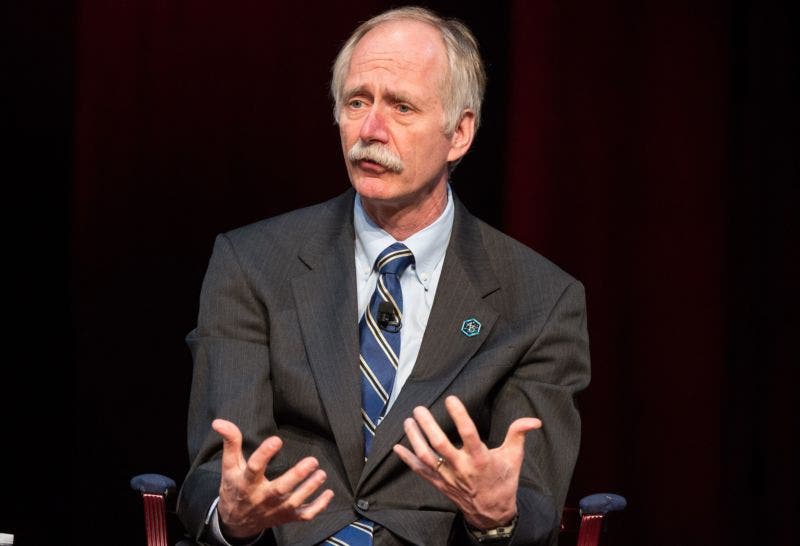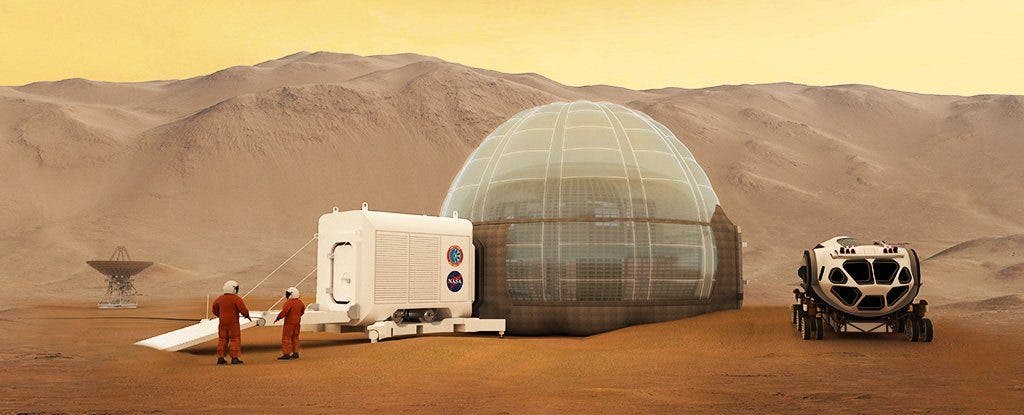NASA has talked about sending humans to Mars for a long time but the elephant in the room was just now addressed: there’s simply not enough money for it.

Great ambitions, little support
NASA has been discussing a manned mission to Mars for a long time, but in recent years, clear lines were drawn. But despite such plans and several breakthroughs, NASA’s chief of human spaceflight, William H. Gerstenmaier, said that at its current budget, the space agency simply can’t afford such a mission. Speaking at a propulsion meeting of the American Institute for Aeronautics and Astronautics (see video here), Gerstenmaier was blunt.
“I can’t put a date on humans on Mars, and the reason really is the other piece is, at the budget levels we described, this roughly 2 percent increase, we don’t have the surface systems available for Mars,” said NASA’s William H. Gerstenmaier, responding to a question about when NASA will send humans to the surface of Mars. “And that entry, descent and landing is a huge challenge for us for Mars.”
It makes a lot of sense, but it’s a perspective NASA has glossed over in past statements. In 2014, the agency expressed its intention to “to send humans to an asteroid by 2025 and Mars in the 2030s” — none of which seem feasible at the moment. Earlier this year, in Mach, they underline the same intention: “NASA is on a journey to Mars, with a goal of sending humans to the Red Planet in the 2030s. That journey is already well under way.” Plenty doubted NASA’s optimism. For instance, a National Research Council report warned that there’s simply much work and not enough funds, and even a mission in the 2040s would be very difficult to achieve.

What Gerstenmaier said blows everything wide open. Of course, as a state funded agency, NASA is at the mercy of political moods and budgetary restraints, and even partnerships with private enterprises such as Boeing and SpaceX can only get you so far. Great ambitions require great support, and NASA just isn’t getting that support.
A consolation prize
At this point, it seems hard to say whether a mission to Mars is on the table for the near future. When your head of human spaceflight speaks against your public statements, something is clearly not clicking. For now, it seems that we’ll have to settle for satellites and rovers — though that’s a remarkable achievement in and of itself.
However, if Mars is not in the works, a new generation of Moon missions might be. This approach was supported by the Bush administration, but under the two Obama terms, the focus shifted on Mars. Now, a lunar surface program seems to be plausible once again.
“If we find out there’s water on the Moon, and we want to do more extensive operations on the Moon to go explore that, we have the ability with Deep Space Gateway to support an extensive Moon surface program,” he said. “If we want to stay focused more toward Mars we can keep that.”
Even that would be a massive challenge under today’s circumstances.
Alternatively, we could leave private companies spearhead these efforts, and have NASA focus on other things. Both Boeing and Blue Origin are also planning to put humans on Mars, and while it may be a downgrade for NASA, it would still be human progress. China and the European Union have already announced plans to build a Moon Village together — it’s unclear if NASA could join in, or if they would have to develop a separate project. Either way, a key role will be played by US Vicepresident Mike Pence, who has been assigned to chair a committee that oversees NASA. There’s some special irony in having Pence, a staunch creationist who believes ‘God created heavens and the Earth’ decide the future of space exploration.






